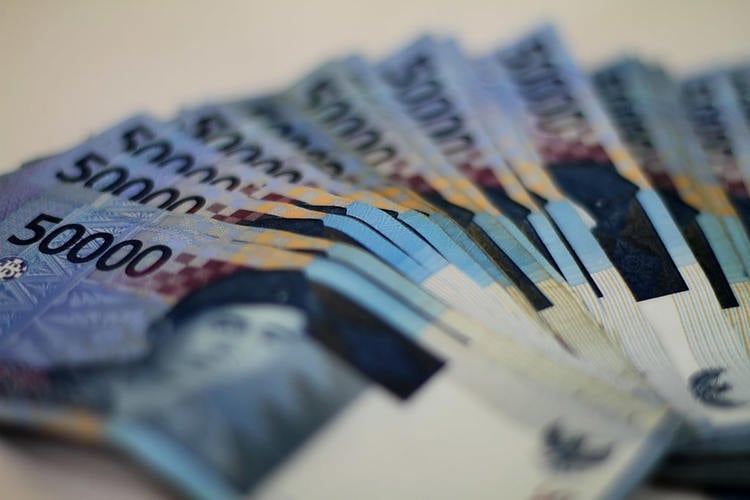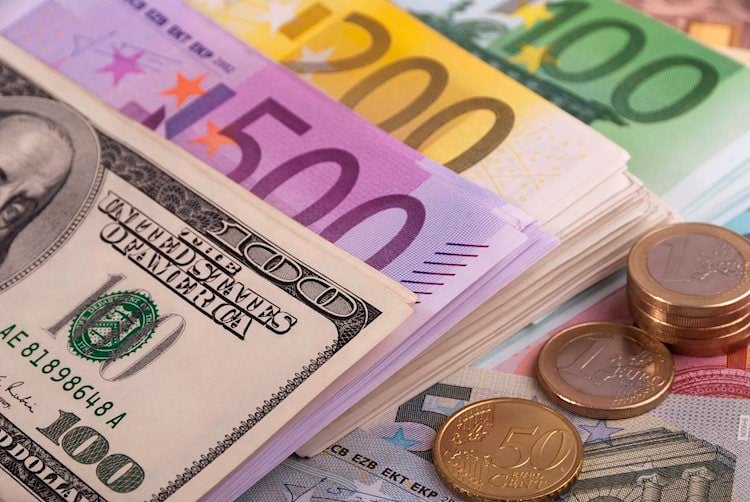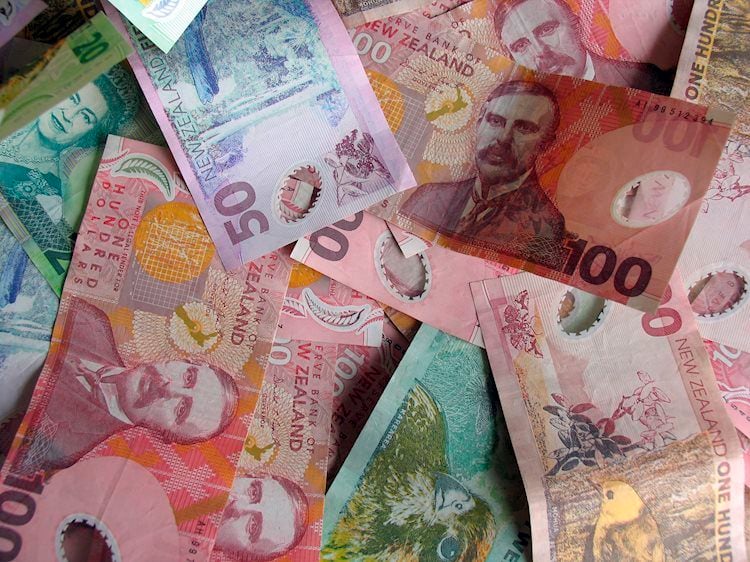Following mixed data, the USD/IDR recovers from its intraday low.
In June, Indonesia’s trade balance decreased, but imports and exports both exceeded estimates.
The previous day, Indonesia set a new record for covid infections.
In the early hours of Thursday, the USD/IDR picks up bids to $14,503, up 0.14 percent intraday. The pair of the Indonesian rupiah (IDR) has recently benefited from the Pacific nation’s disappointing trade figures. The coronavirus (COVID-19) outbreaks in Indonesia may also help the cross-currency.
According to the most recent data, Indonesia’s trade balance fell below the $2.23 billion predicted and $2.37 billion previous to $1.32 billion in June. Imports and exports soared over forecast levels of 51.35 percent and 49.90 percent to 60.12 percent and 54.46 percent, respectively, during the month.
Indonesia, on the other hand, is currently leading the Asia-Pacific count of infections, with all-time high levels. According to the report, the same pressure pushed the World Bank to lower its economic estimates for the region, adding, “The East Asia and Pacific region, excluding China, is likely to grow 4% this year, World Bank Chief David Malpass said.” The region’s previous GDP prediction, announced in March, was 4.4 percent.
It’s worth noting that the risk-off mindset boosts the US dollar index (DXY), which gives strength to the USD/IDR upside. Stock futures, on the other hand, are still slow, and US 10-year Treasury yields are under pressure for the second day in a row.
Moving forward, traders will be watching the second round of Fed Chair Jerome Powell’s bi-annual testimony for confirmation of the policymakers’ bearish sentiment expressed the day before. Despite this, the USD/IDR remains strong due to data-backed fears of inflation and virus outbreaks.
USD/IDR bears are unlikely to enter unless there is a daily close below the monthly support line near $14,460, as well as prolonged trading below the 100-day SMA level of $14,420./n





